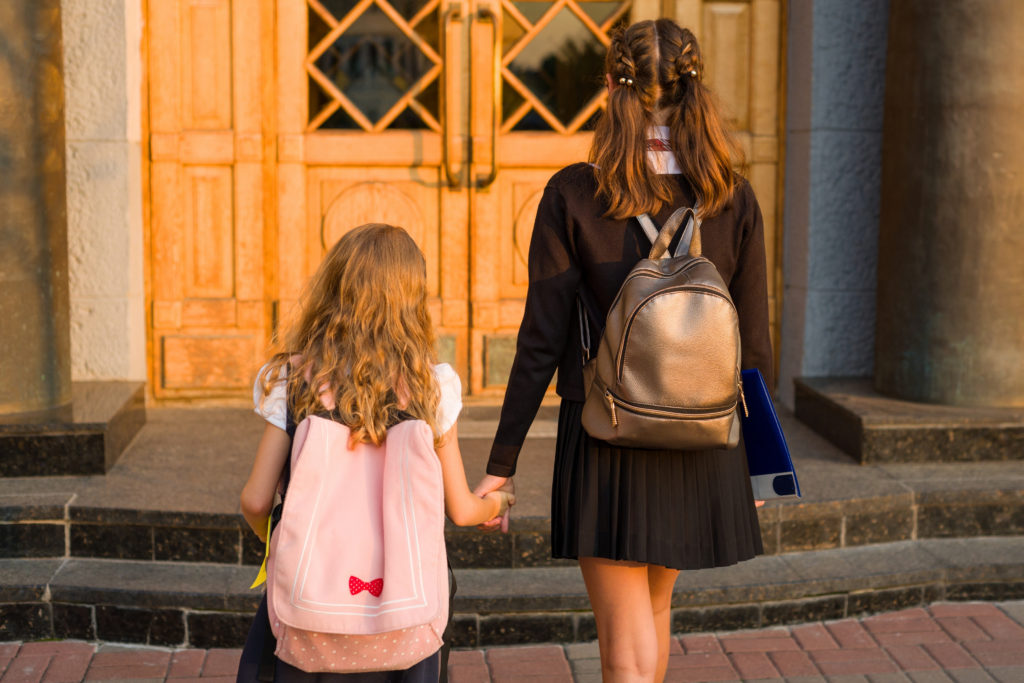Last week we blogged about preventative bullying tips. The reality is, bullying happens even with the best planning. Also, we have found that parents can give grace when their child experiences bullying at school. However, they can get frustrated when there isn’t a plan to address it. So this week we’re back with tips on how to respond to bullying.
We’re including a summary in this blog, but for even more details, click here or consider enrolling in a Possip Professional Development session on this very topic!
Starting with empathy
When you hear about bullying try to take a moment, even just a few minutes, to empathize with everyone in volved – what this must feel like to the student who is being bullied, what this must feel like to their parents, and what might be going on for the student who is bullying.
volved – what this must feel like to the student who is being bullied, what this must feel like to their parents, and what might be going on for the student who is bullying.
This is tough for everyone – most specifically anyone who is feeling unsafe physically or emotionally. We know everyone aspires for schools to be a place where kids can feel safe and secure, and fear of bullying prevents that from happening.
So you hear a bullying incident happens. What now?
First, as a reminder from our previous blog, there is a difference between a kid being rude, a kid being mean, and a kid bullying. As a reminder, see our diagram below.
You can read a more detailed list by clicking here: https://possip.com/reacting-to-bullying-a-detailed-plan/– but here is our high level summary.
1 – Communicate what you know as soon as possible to parents. Sometimes we are hesitant to reach out to parents until we have everything – but we really can and should communicate with what we know.
2 – Learn, learn, learn and question, question, question. Often learning about what is happening is a bit like peeling the onion – so ask lots of questions, do lots of observations.
3 – Take action to support students. Move quickly to make sure students feel safe, supported, and trust that the school is taking care of them. Help them connect with other students and help them feel safe.
4 – Prioritize safety. Prioritize safety – so if desks need to be moved or a student’s schedule needs to be changed, do so.
5 – Stay in constant contact with parents. There are so many ways for parents to play an active role. It will make parents feel better to be empowered to support their child.bully
6 – Consequences and interventions. If one child is threatening or making another child feel unsafe, they do need consequences and interventions. This is important both for the learning opportunity for the student who is bullying – as well as for the safety and health of the child being bullied.
Ultimately, like everything in schools, even a stressful bullying event is a learning opportunity. We’d love to work alongside you as you learn.
Want to learn more? Reach out to support@possipit.com if you are interested in bringing that PD to your school or click here for even more detailed plans and ideas.


